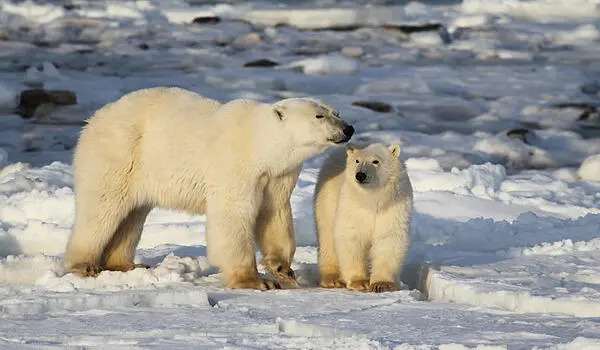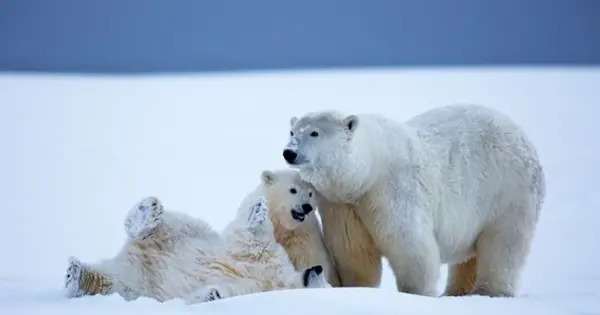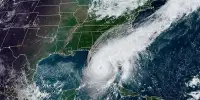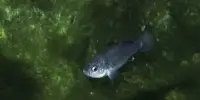Polar bears are more likely to starve the longer they are left on land, according to a recent study. During three summer weeks, scientists closely studied 20 polar bears as they tried various techniques to maintain their energy stores, such as resting, scavenging, and foraging. However, nearly all of them dropped weight quickly: on average, 1 kilogram (2.2 pounds) every day.
Some have argued that polar bears may adapt to the extended ice-free seasons caused by climate change by resting or eating terrestrial food, like their grizzly bear relatives do. The polar bears in this study attempted variants of both tactics, but had limited success.
“Neither strategy will allow polar bears to exist on land beyond a certain amount of time. Even those bears that were foraging lost body weight at the same rate as those that laid down,” said Charles Robbins, director of the Washington State University Bear Center and co-author of the study in the journal Nature Communications. “Polar bears are not grizzly bears wearing white coats. They’re very, very different.”
As polar bears are forced on land earlier, it cuts into the period that they normally acquire the majority of the energy they need to survive. With increased land use, the expectation is that we’ll likely see increases in starvation, particularly with adolescents and females with cubs.
Anthony Pagano
Adult male polar bears are often larger than grizzly bears, reaching 10 feet in length and weighing 1,500 pounds compared to grizzly bears at 8 feet and 800 pounds. Polar bears need on seals’ energy-rich fat, which they catch best on the ice, to maintain their massive size.
Little is known about polar bear energy consumption and behavior while confined to land, thus researchers tracked polar bears in the western Hudson Bay region of Manitoba, Canada, using collars equipped with video cameras and GPS. They wanted to see what the specialized ice-hunters ate and did during their extended stay on land when their favored seal prey was out of reach.
The researchers also weighed the bears before and after the observation period and measured their energy expenditures.
“We found a real diversity of bear behaviors, and as a result, we saw a diverse range of energy expenditures,” said lead author Anthony Pagano, research wildlife biologist with the U.S. Geological Survey Polar Bear Research Program and former WSU post-doctoral researcher.

Many of the adult male polar bears simply laid down to conserve energy, burning calories at rates similar to hibernation. Others, actively searched for food, consuming bird and caribou carcasses as well as berries, kelp and grasses.
In all, the researchers found a five-fold range in energy expenditure from an adult male that rested 98% of the time to the most active who clocked 330 kilometers (205 miles). Some adult females spent as much as 40% of their time foraging. Yet all that activity didn’t pay off.
“The terrestrial foods did give them some energetic benefit, but ultimately, the bears had to spend more energy to access those resources,” said Pagano.
Three polar bears went for long swims — one swimming 175 kilometers (about 110 miles) across the bay. Two found carcasses in the water, a beluga and a seal, but neither bear could feed on their finds while swimming nor bring them back to land. Only one bear out of the 20 gained weight after stumbling across a dead marine mammal on land.
The study focused on the southernmost area of polar bear range in western Hudson Bay, where climate change is projected to have a faster impact on bears than in other Arctic regions. The polar bear population in the area has already decreased by an estimated 30% since 1987. According to this study, polar bears in the Arctic are at risk of malnutrition as the ice-free period grows.
“As polar bears are forced on land earlier, it cuts into the period that they normally acquire the majority of the energy they need to survive,” Pagano, the researcher, said. “With increased land use, the expectation is that we’ll likely see increases in starvation, particularly with adolescents and females with cubs.”















